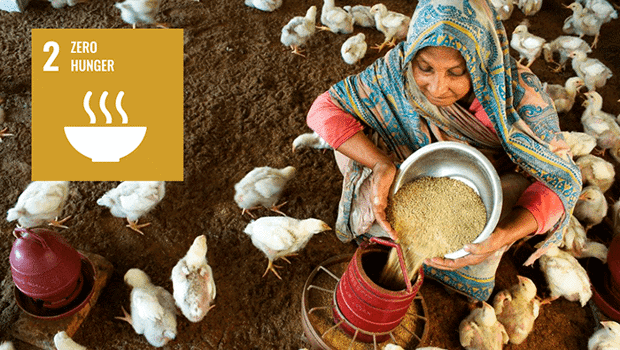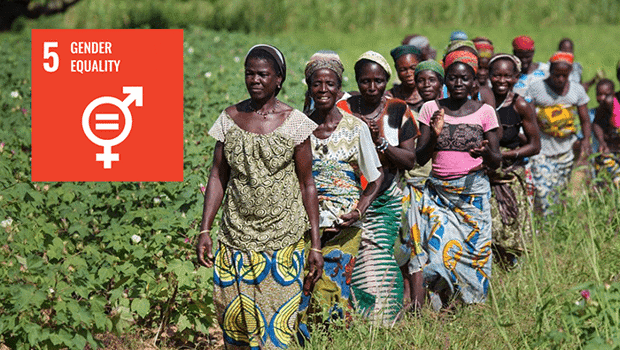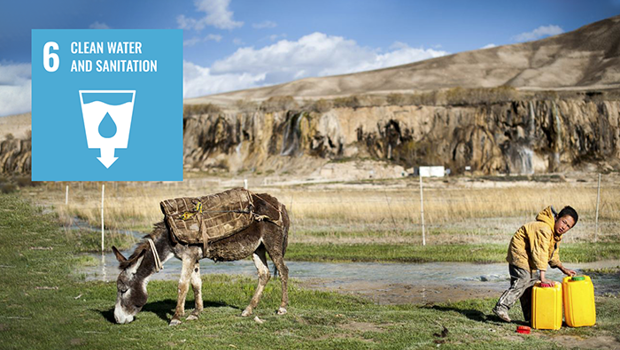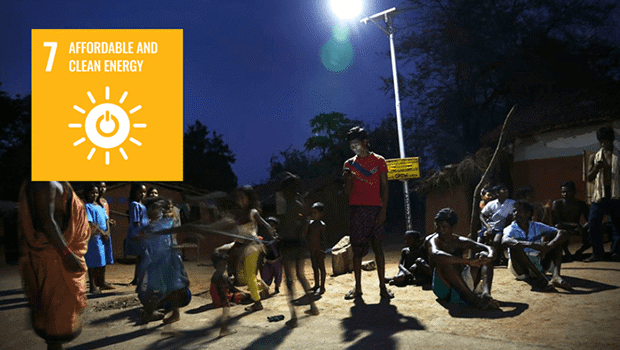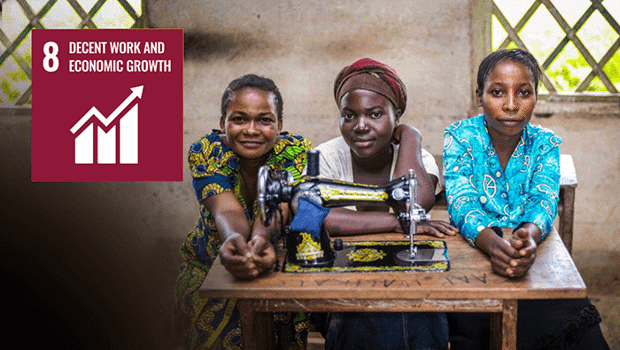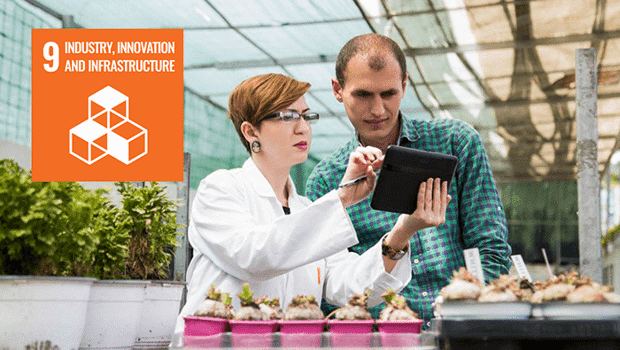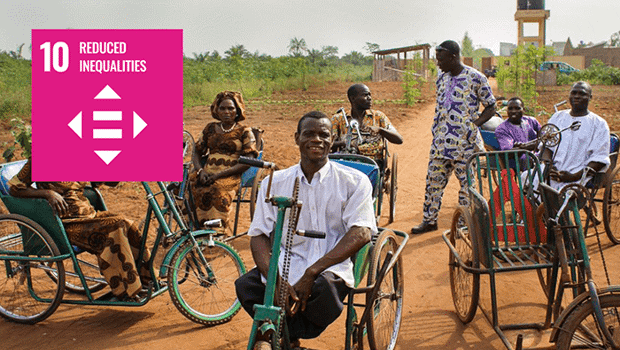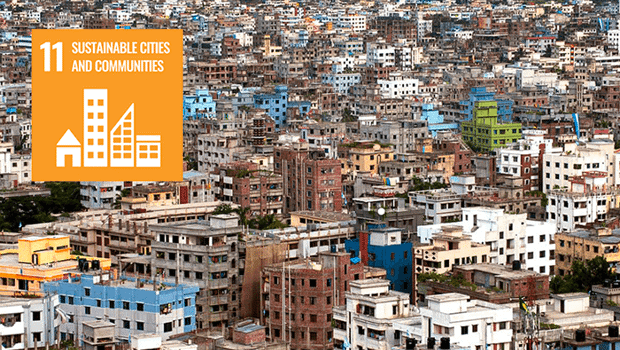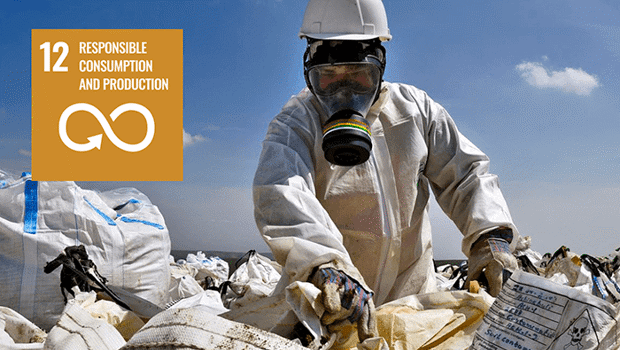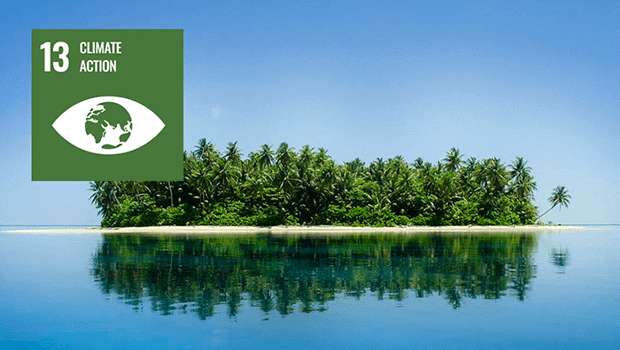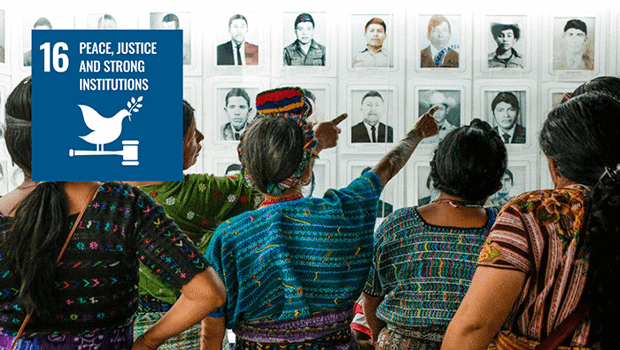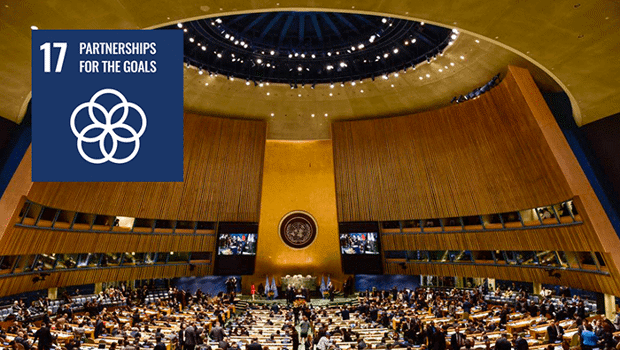
SDG 15
Every single animal and plant, no matter how small, holds an important part of an increasingly fragile ecosystem. Removing one can create an unexpected chain of reactions and destroy the balance of that region- which is why biodiversity is incredibly important, not only for the animals and plants, but for us as well. However, human activity has altered around 75% of the earth's surface, which has squeezed animals into smaller spaces and put ecosystems under threat. Not only that, there are nearly 1 million species of plants and animals threatened by extinction (some, within the decade). That is why it is important to take action now and protect life on earth, as well as the habitats they live in.
There are nine targets:
- By 2020, ensure the conservation, restoration and sustainable use of terrestrial and inland freshwater ecosystems and their services, in particular forests, wetlands, mountains and drylands, in line with obligations under international agreements
- By 2020, promote the implementation of sustainable management of all types of forests, halt deforestation, restore degraded forests and substantially increase afforestation and reforestation globally
- Combat desertification, restore degraded land and soil, including land affected by desertification, drought and floods, and strive to achieve a land degradation-neutral world
- Ensure the conservation of mountain ecosystems, including their biodiversity, in order to enhance their capacity to provide benefits that are essential for sustainable development
- Take urgent and significant action to reduce the degradation of natural habitats, halt the loss of biodiversity and, by 2020, protect and prevent the extinction of threatened species
- Promote fair and equitable sharing of the benefits arising from the utilization of genetic resources and promote appropriate access to such resources, as internationally agreed
- Take urgent action to end poaching and trafficking of protected species of flora and fauna and address both demand and supply of illegal wildlife products
- By 2020, introduce measures to prevent the introduction and significantly reduce the impact of invasive alien species on land and water ecosystems and control or eradicate the priority species
- By 2020, integrate ecosystem and biodiversity values into national and local planning, development processes, poverty reduction strategies and accounts
What does this mean and what can we do?
There is a sense of urgency, not only noticed in the tight deadlines, but also in the language, which points to how serious this issue is to the UN. This goal focuses on eliminating the factors that drive different species to extinction, such as changing habitats, poaching, trafficking and fierce competition from invasive species. Special emphasis is put on protecting habitats, as the protection of these provide a safe environment for the species within as well as align well with previous goals.


